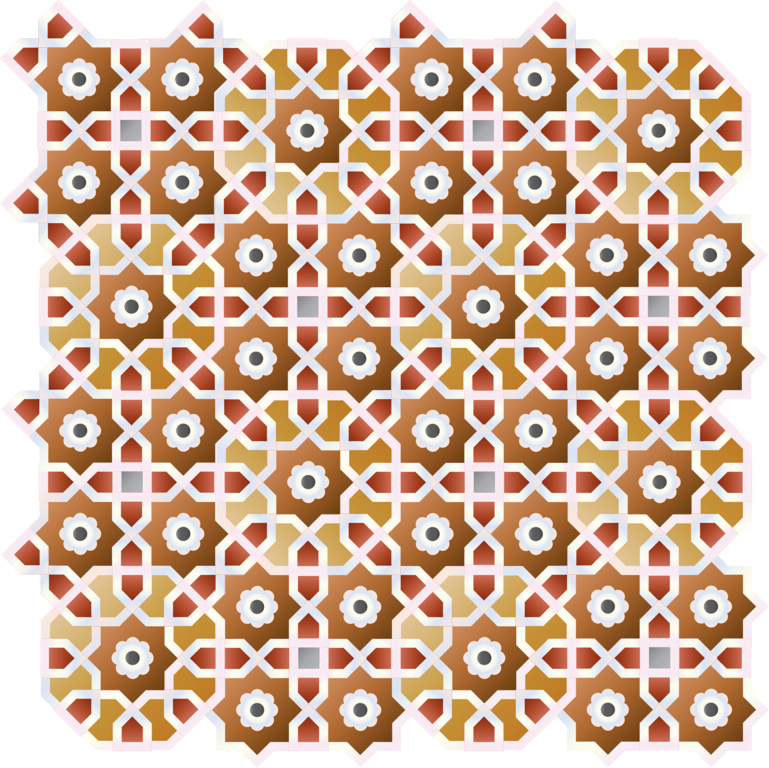Ever laid eyes on a delicate piece of glass with floral motifs worked out in goldwork and other colours? Most probably it would be an object from the Mughal times. The Mughal empire has ruled India 1526 to 1858 A.D. They have left an indelible mark on the country’s art history. Their designs still fascinate and remain etched as part of Indian art and architecture. The art was included in objects of utility and function too. They had special karkhanas or workshops where artisans worked.
Though glass has been in use since prehistoric times in the Indian subcontinent the Mughlas seem to have taken it to another level. It was used mostly to make beads, bangles and trinkets. The opulent era of the Mughals changed that by using the medium to make luxury tableware and huqqa bases (hubble bubble).

Mughal huqqa base, glass, Muisee Guimet, Paris.
During the rule of Emperor Jahangir (1605 to 1627) and Emperor Shahjahan (1628 to 1658) and Aurangzeb(1658 to 1707), the fashining of Mughal glass and trade flourished. Paintings of the Mughal era depict the courts and royal spaces used by the emperors and the nobility. One can spot the vessels and cups for pouring liquids like sherbets and the wine cups and ”huqqas” or water pipes.
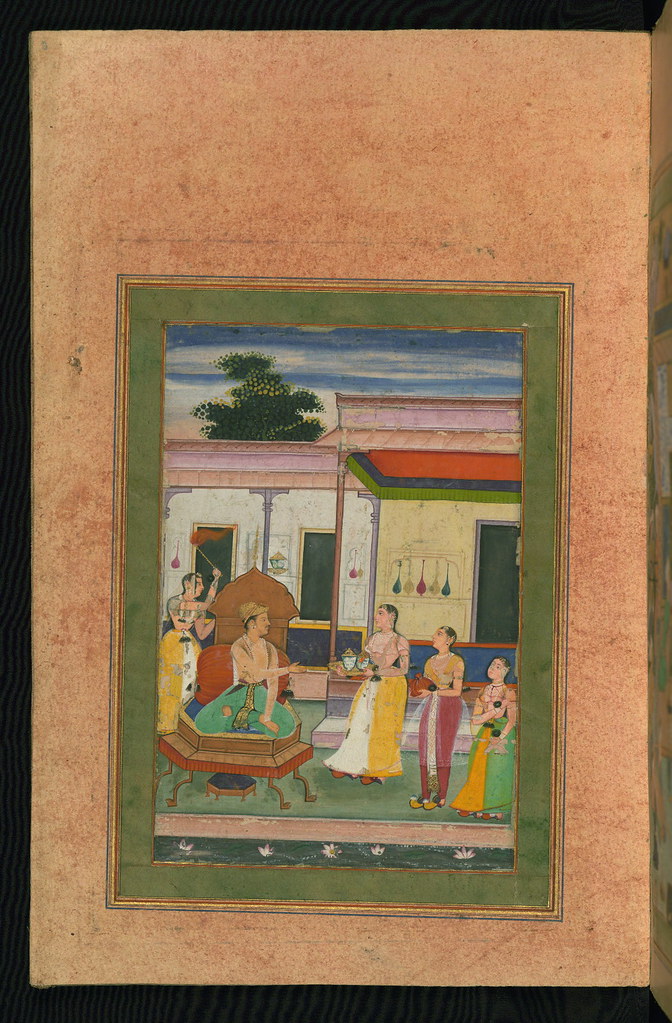
An enthroned Mughal prince with four attendants, glass objects and vessels can be seen, Walters Art Museum, Maryland, U.S.A, Mughal miniature painting.

Mughal huqqa base, glass, LACMA, USA.
Different varieties of glass were present at the Mughal courts. Venetian, Spanish, English,Persian et al. Other than imports glass items were manufactures in India too. The Ain-i-Akbari by Abul Fazl mentions that glass was manufactured at Bihar and Alwar in Rajasthan. Glass bottles were also made in English and Dutch factories in Patna and at Gujarat during the 2nd half of the 17th century. The early 18th century saw more manufactories being started. Mughal glass vessels are found in many museums and private collections across the world.
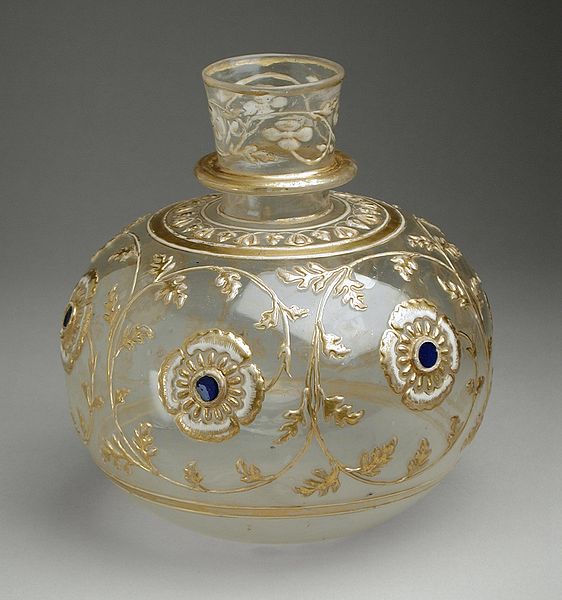
Mughal huqqa base, clear glass with gilding,over shaped appliqué glass pieces and blue glass insets, 1700s, LACMA, U.S.A.

Mughal cups, cobalt blue glass with gilt floral decoration, early 18th century, V and A Museum, London.
.jpg)
Mughal gilt glass bottle, Gujarat, 18th century.

India, Mughal empire, translucent glass with molded and wheel-cut decoration, 1700s, LACMA, U S A.
References :
- Markel, Stephen(1991), –Indian and ”Indianate” glass vessels in the Los Angeles County Museum of Art’‘, Journal of Glass Studies, Corning Museum of Glass, New York.
- Images are from Wikimedia Commons and http://www.christies.com (gilt glass bottles), miniature painting image from https://www.flickr.com/photos/medmss/5852866027(Digital Walters)
Posted by:
Soma Ghosh
©author
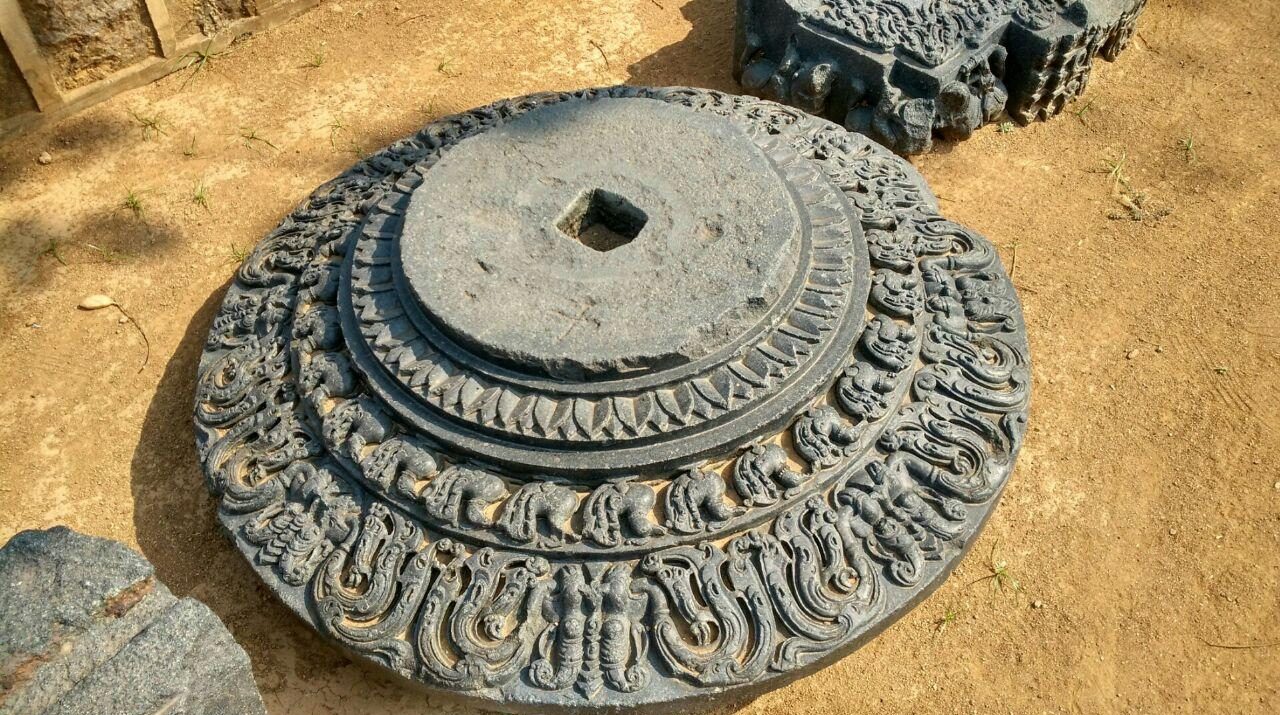



 Iris flower, illustration.
Iris flower, illustration.
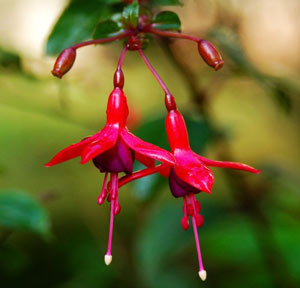 Fuschia flower, illustration.
Fuschia flower, illustration.
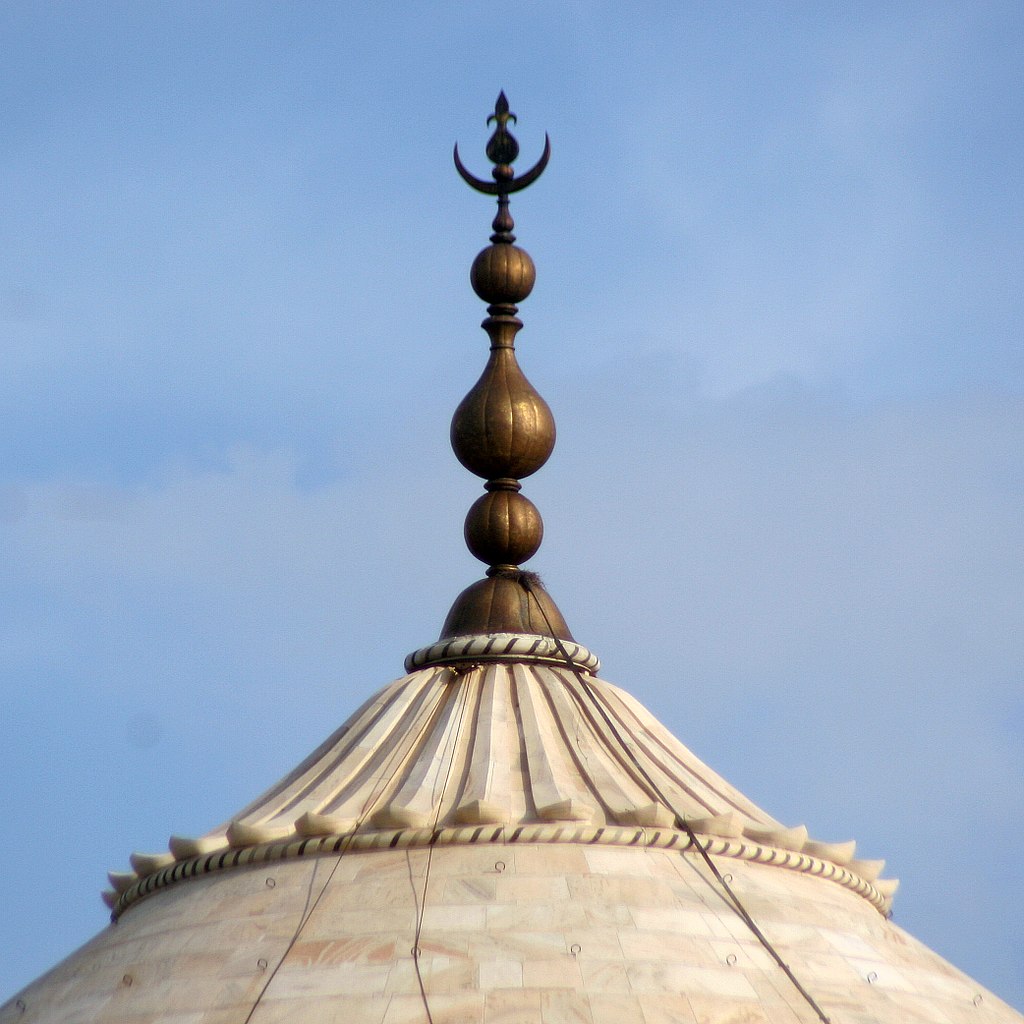


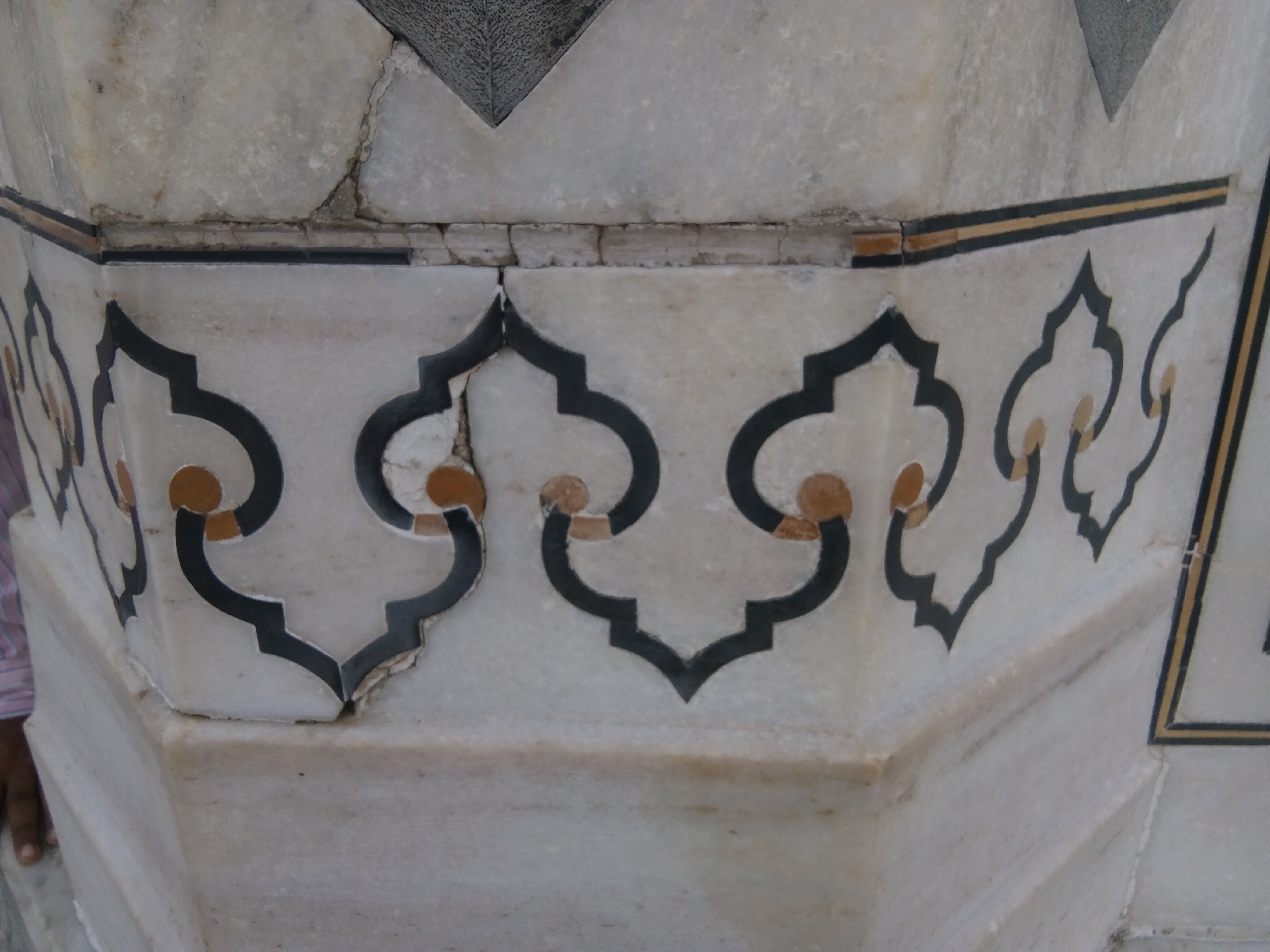


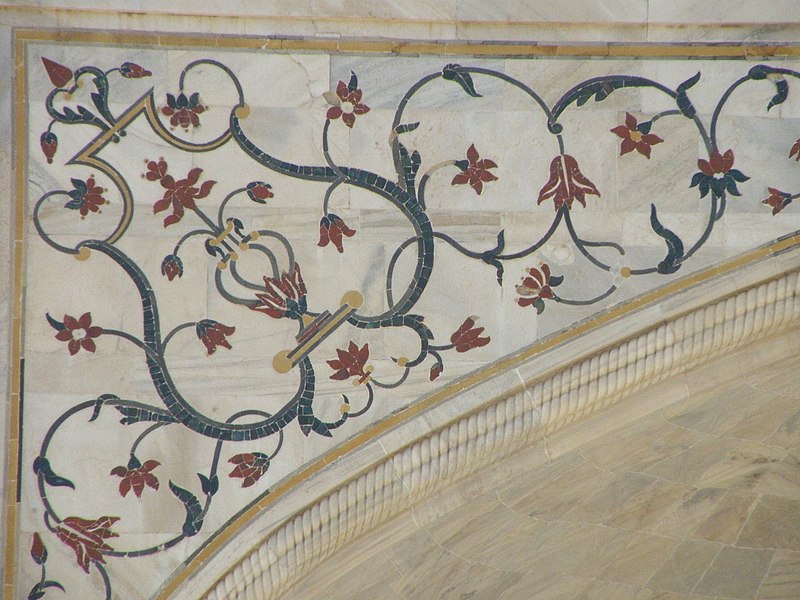
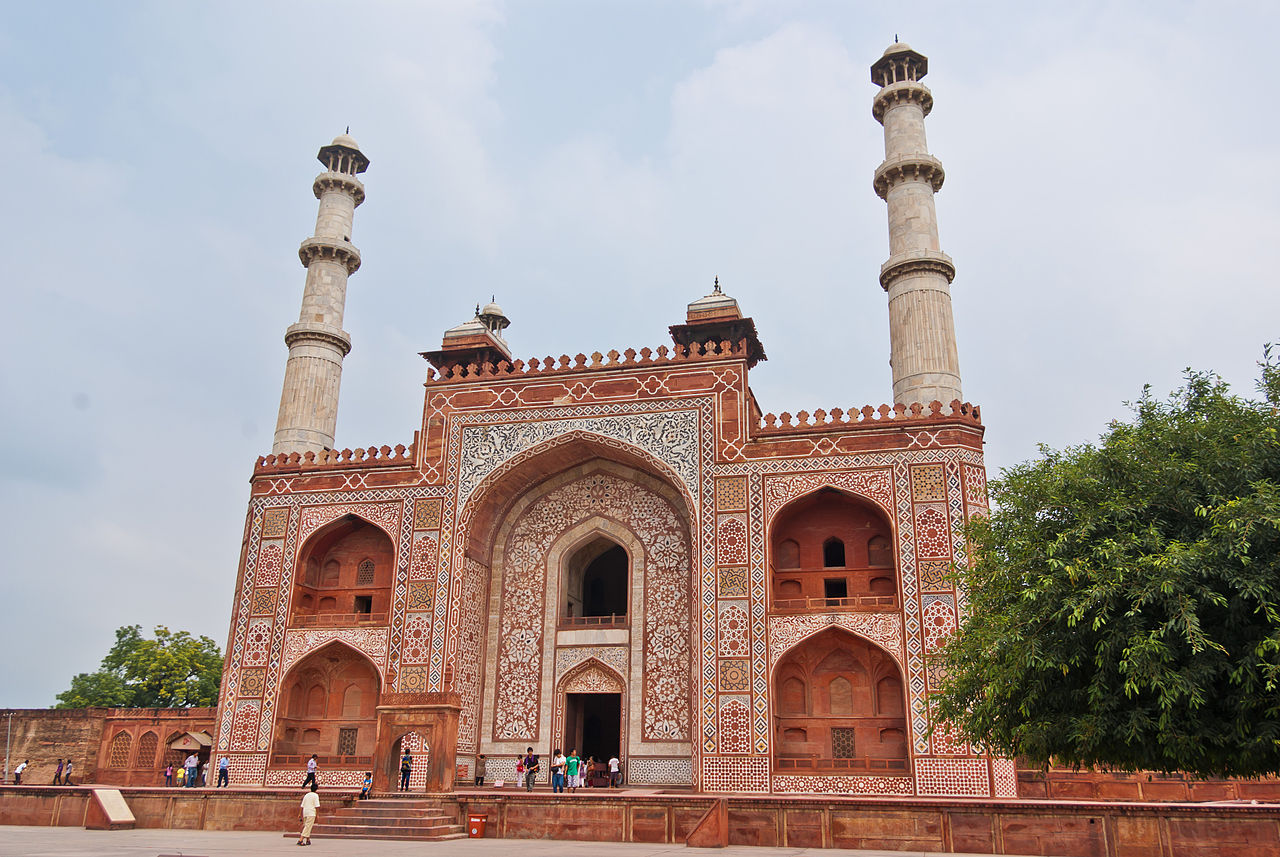 Tomb of Emperor Akbar, main entrance with artwork, 17th century, Agra.
Tomb of Emperor Akbar, main entrance with artwork, 17th century, Agra.
 Tomb of Emperor Akbar, 17th century, Agra.
Tomb of Emperor Akbar, 17th century, Agra.








